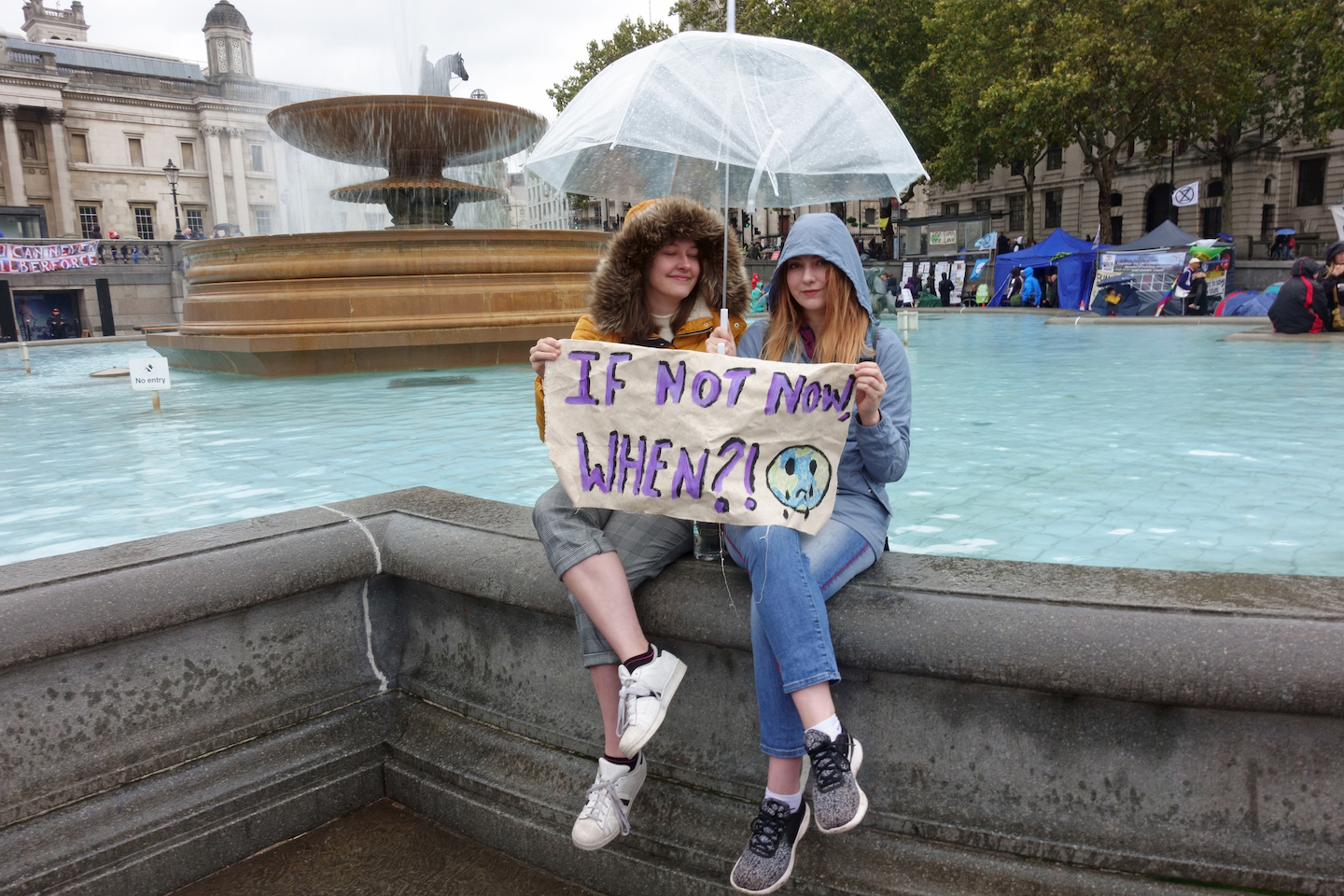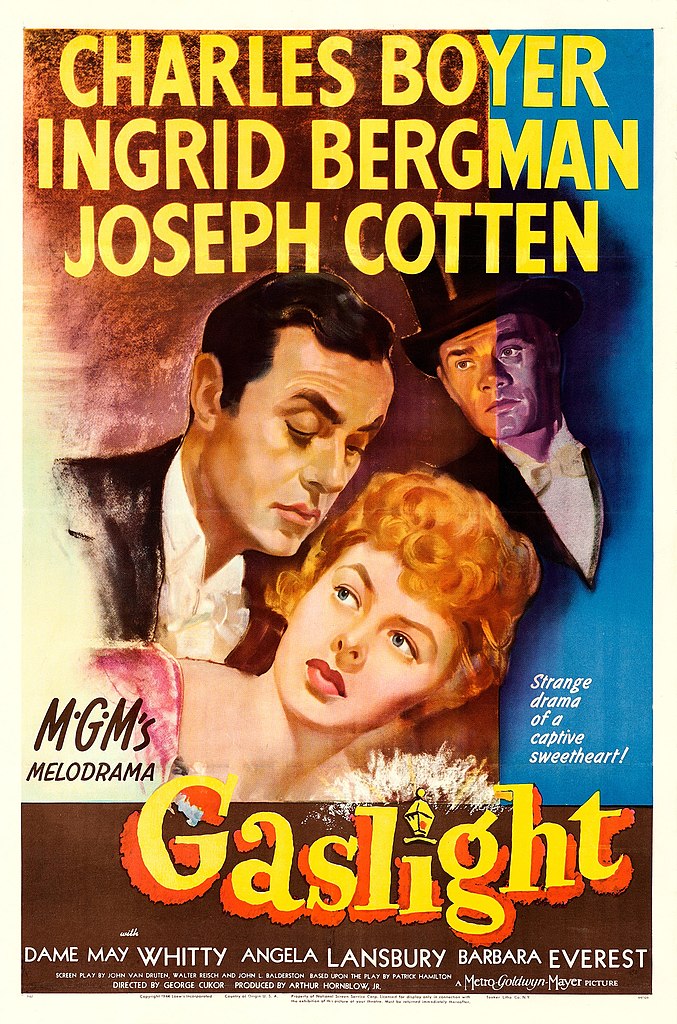Persuasion can be used to change hearts and minds
By being on guard, we can avoid gimmicks and harmful types of influence

Online influencers use their powers of persuasion in an attempt to set new trends in fashion and more.
Artem Varnitsin/EyeEm/Getty Images Plus
Ever had an inappropriate advertisement pop up while watching YouTube? One for alcohol, e-cigarettes or mature video games? Up until last year, kids and teens received these types of ads on a regular basis.
Teens interested in losing weight, for instance, got ads for unhealthy tips on how to become anorexic. Those who expressed interest in gambling saw gambling ads. Such ads targeted these kids in hopes of persuading them to try things that were either dangerous or illegal at their age. That’s why Google and Facebook both decided to stop these kinds of targeted ads for anyone under 18.
Ads are just one example of persuasion — trying to change another’s mind. Ads may try to convince us to buy something or do something new and different. Or get the COVID-19 vaccine. Or wear masks, protect the environment — even fight climate change. Persuasion can be used to sell things. At its worst, it can be used to control people.
Clearly, persuasion can be used for good and bad.

Marketing is a field of persuasion designed to sell things, notes Jacob Teeny. He’s a psychologist and marketing expert at Northwestern University in Evanston, Ill. Marketing is all about selling an idea. It may aim to convince someone to shift their thinking and take action. Marketing also can help sell soup or cars. And, Teeny adds, “you need marketing for climate change,” too. Marketing is helpful if you’re the one doing the convincing. But it’s good for all of us to be aware of persuasion being targeted at us.
How easily can you be persuaded? That depends.
People open to new experiences tend to be more easily persuaded, Teeny says. But open-minded people can resist some persuasive arguments — such as the idea that eating junk food is cool. And closed-minded people can sometimes be persuaded. “If you haven’t really thought about the arguments” ahead of time, Teeny says, you’re going to be “much more persuadable.”
Maybe you never thought about some issue. You might resist the message if you think about it as you listen to it for the first time. You might spot holes in someone’s argument. You might find reasons why their line of reasoning does not make sense. But when you’re busy or distracted, your brain uses shortcuts. And that can make you easier to persuade, Teeny says.
The trick to being less vulnerable to persuasion: Pay close attention to what you’re hearing or seeing.

Using shortcuts
People often take shortcuts in decision-making. They can be thought of as “rules of thumb.” Scientists have a fancier term for these shortcuts: heuristics (Hyoo-RIS-tiks).
They aren’t a bad thing. We use them all the time. Heuristics make our lives easier. They can save time and energy. For instance, they help us make snap decisions when we don’t have enough information. But they also have their downsides. When we’re not paying attention, those shortcuts can make a persuasive argument seem more reasonable.
Persuasion calls on some heuristics in particular, Teeny says. One useful strategy is to focus on scarcity. Consider limited-edition items or ones that are available only for a really short time. Ever spotted a skin in a video game that was going to be in the online shop for just a few days? That’s one example of scarcity. And it’s super effective at getting people to buy this thing before it — or the deal — disappears.
Others might use door-in-the-face persuasion to get you to do something you might not otherwise do. “Someone begins by asking a request of you that you will certainly reject,” Teeny explains. Maybe the animal shelter asks you to come in every day to clean up after the dogs. When you say no, they ask you to come in once a week to help at the front desk. That seems more reasonable, so you’re more likely to say yes.

After giving you something that’s easy to say no to, the simpler request becomes an easier yes. “It kind of tricks you into thinking that we’re having this negotiation,” Teeny says, when really it’s been one-sided, with that other person making all the requests.
Ads and other types of marketing often feature attractive people and flashy messages. Our brains like those things. A commercial for a soda that features your favorite athlete might make you reach for such a brand if you’re not paying attention. But if you stop to think about it, you’ll realize the soda has nothing to do with sports or being “cool.”
You can spot the persuasion when you stop to think about how you’ve been approached. But when we’re distracted — as we often are — we may not stop to think. Before we realize it, we’ve been persuaded to try something we might not even want.

Persuasion gone wrong
Persuasion isn’t just used to sell things. Sometimes someone uses it to control another. When this happens in close relationships it can sometimes cause real harm.
Paige Sweet is a sociologist at the University of Michigan in Ann Arbor. She studies a specific form of persuasion called gaslighting. “Gaslighting is when someone is made to feel or seem ‘crazy’,” she explains.
A gaslighter may try to convince you that you don’t understand a situation, don’t remember it correctly or don’t know what you’re talking about. Or this person could try “making you look that way in front of someone else,” Sweet says — like a police officer or other authority figure. If the police view some victim in a situation as the source of the problem, they will be less likely to help that person.

Gaslighting often happens between people in a romantic relationship. Many times, although not always, the person being gaslit is female. The gaslighter will accuse this person of being emotional and irrational — traits traditionally ascribed to women. But gaslighting can happen in other relationships too, Sweet notes. That’s especially true in situations when there’s a gender or race inequality as well as some other type of inequality. It could be between a mentor and student, for example, or a boss and employee.
Think about someone who claims they’ve experienced racial discrimination at work. Their white boss might say, “I think you’re being overly sensitive. I’m not sure that happened the way you think it did.” That statement can make someone question their own experience.
Parents often gaslight adult children they had abused years earlier, Sweet has found in her research. The families of these abuse victims, she says, “tried to make it seem like [the victims] were making it up for attention.” This gets to the heart of gaslighting. It knocks someone off balance. It makes them question their memories, or even their sanity.
Gaslighting is, in fact, a form of mental abuse, Sweet says. We don’t often think of it that way, she notes, which makes it hard to talk about. “Having a word for that,” she finds, “can be really helpful.” You can Google it, find other people with similar experiences and get help more easily.
It’s important to note that all close relationships will involve some emotional manipulation, Sweet cautions. “I think people unintentionally gaslight,” she says. “They’re trying to defend themselves or make things seem okay,” she says. But in so doing, she explains, “they discredit someone’s experiences. I think it’s worth pointing that out to someone if they’re doing that to you.” Many times, a conversation may be all it takes to make the gaslighting stop.
But not always.
Sometimes, pointing out the issue will only make the gaslighter double-down — even make them angry, violent or vindictive. It helps if you can read how likely the gaslighter is to listen. Does it seem they might accept some potentially constructive criticism? If not, you should seek outside help. Consider a teacher, therapist or other trusted adult. And be prepared to offer up details of your abuse, because many times a gaslighter puts on a more respectful face to outsiders.
You can also contact the National Domestic Violence Hotline online, or phone its U.S. number: 800-799-SAFE (7233).
Overcoming the lure of fake news
Sometimes people use the term gaslighting too loosely. For instance, two people have an argument and one accuses the other of gaslighting because they don’t like what they’re saying. That’s not true gaslighting.
But resistance to contradictory evidence often happens. Consider when people buy into fake news. They may resist efforts to persuade them to another — more factual — view. Why? Often it’s because the fake news stories fit into their personal beliefs and attitudes, finds Dolores Albarracín. She works at the University of Pennsylvania in Philadelphia. A social psychologist, she studies persuasion and what makes people believe in conspiracies and fake news.
People want knowledge, Albarracín says. They go looking for information on topics of interest. But they also tend to protect themselves from unpleasant emotions, such as fear or uncertainty. So most seek information that allows them to feel better about themselves. They may also seek to be valued by others. So they connect with like-minded people, ones who reinforce their beliefs.
These things are true for conspiracy theorists and scientists alike. The difference is in how open each is to accepting information that goes against their beliefs.
Scientists collect data and follow a process to ensure that the information they’re using is accurate. They change their positions when the evidence points strongly to new interpretations. People who buy into fake news, on the other hand, do not.
Our personal attitudes mostly grow out of things we’ve seen, heard or experienced. Albarracín finds that strong attitudes stick around despite seeming evidence to the contrary. That makes these beliefs resistant to change. It also means that trying to persuade someone with strong attitudes can backfire. When someone thinks they’re being persuaded, they might dig in their heels and become more resistant. They may counter-argue the message. With COVID-19, this was the response many people had to vaccines and mask-wearing.
How, then, can we persuade people to make helpful changes to their behaviors?
It’s all about personalized matching, says Teeny at Northwestern. “Matching is a fundamental property of persuasion,” he says. One-size-fits-all messages don’t work. Instead, messages need to match the person you’re trying to persuade. “Talking about the same topic in different ways can be persuasive depending on the type of adult and what they value,” Teeny says.

The key is to find common ground and build on it.
Think about who you’re trying to convince. What are their attitudes about the topic in question? Tailor your message to match. If that adult is a conservative, they probably feel strongly about things like loyalty, cleanliness and purity, Teeny says. If they’re more liberal, they are typically more interested in fairness.
You can appeal to those attitudes as you craft your talking points. To someone who’s conservative, talk about creating a clean, pure environment. Or about being loyal to future generations by being responsible about the environment now.
“Oftentimes,” Teeny says, “the issue isn’t so much about helping the environment.” Most people think we should help the environment. The real disagreement is in how to do so. If someone doesn’t like the idea of making big changes, start small. Suggest adding a compost bin. Then propose recruiting neighborhood volunteers to clean up a park. Later, move on to something bigger. This easy first step is what’s called a “foot-in-the-door” heuristic, Teeny says. You start with one small thing and gradually increase from there.
“Persuasion is a science,” Teeny says. In fact, he notes, “It’s studied as one.” So educate yourself about the factors that go into persuasion. You will become more persuasive about the social appeals that matter to you, he says. At the same time, you will become more resistant to undue persuasion by others.







